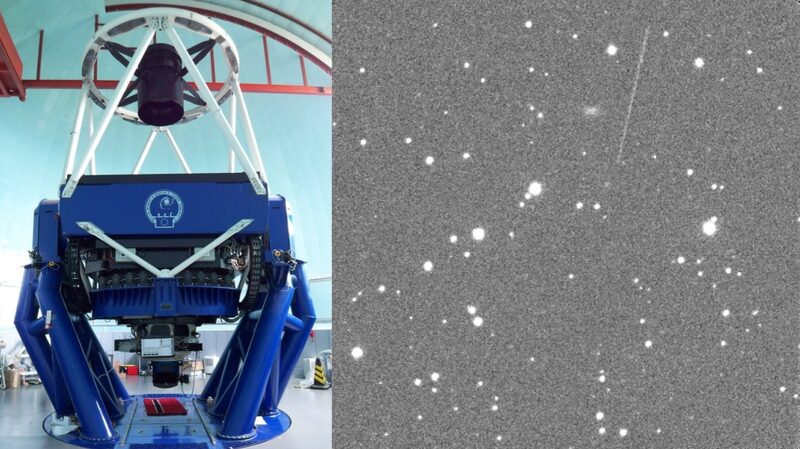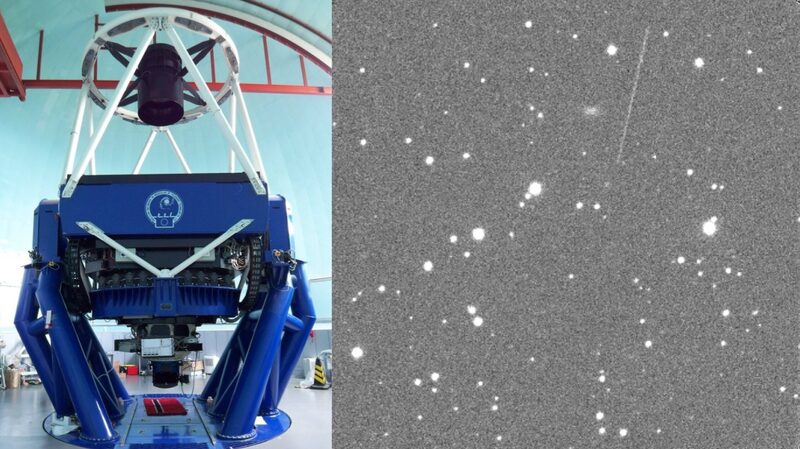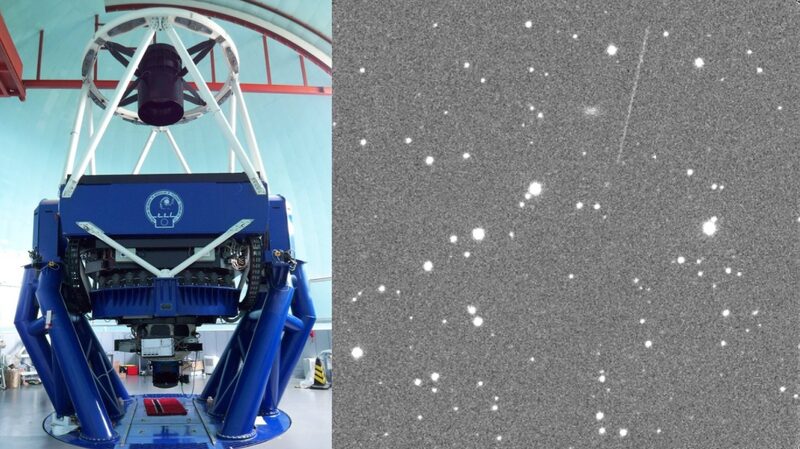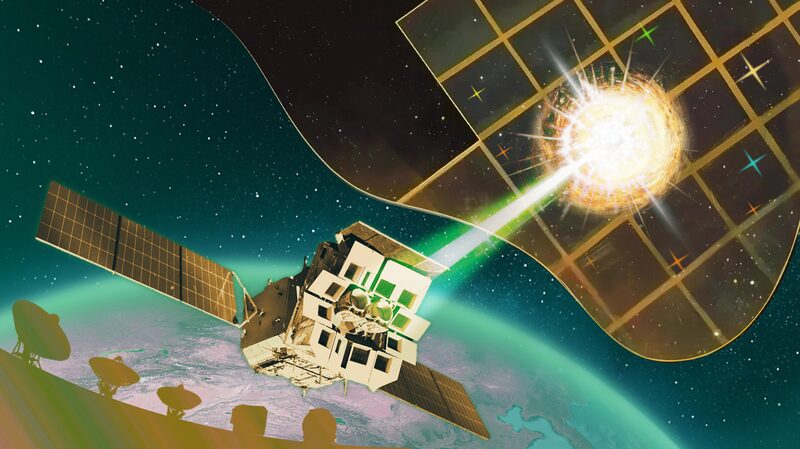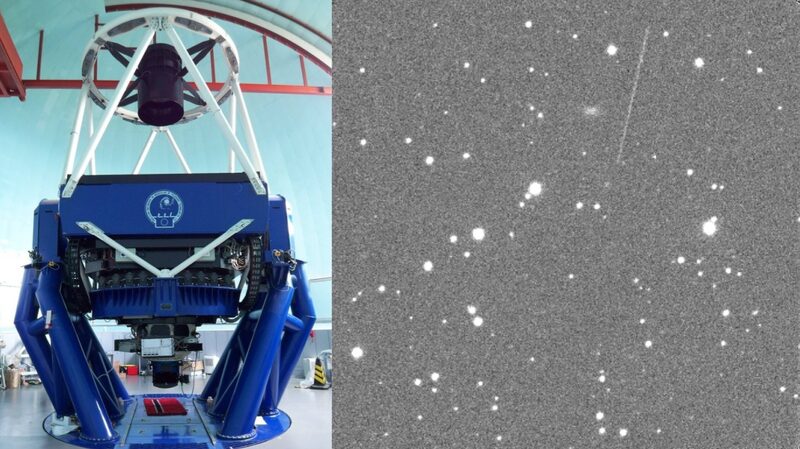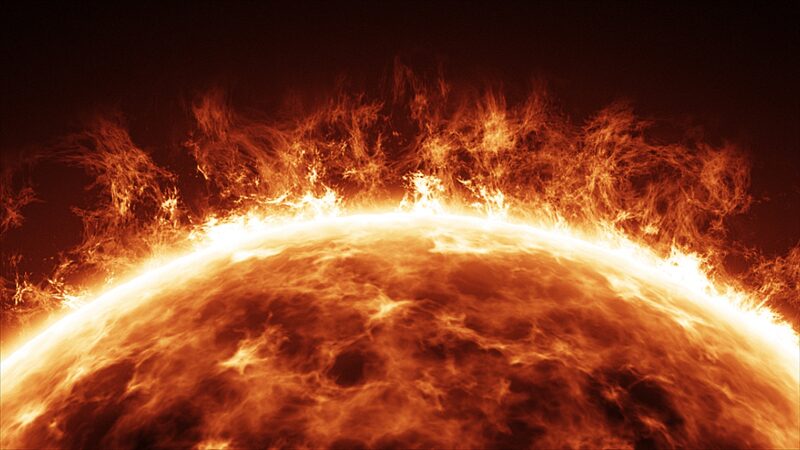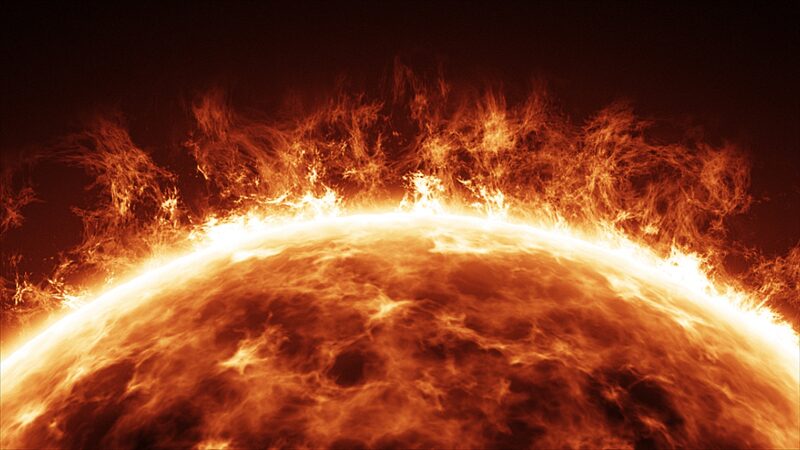China has taken a significant leap in deep space exploration with the inauguration of two new 40-meter-diameter radio telescopes. Unveiled on Friday, these telescopes are strategically located in the Changbai Mountain area of northeast China’s Jilin Province and in Shigatse, southwest China’s Xizang Autonomous Region.
Developed by the Shanghai Astronomical Observatory (SHAO) of the Chinese Academy of Sciences (CAS), these colossal instruments are set to enhance the country’s capabilities in unraveling cosmic mysteries and exploring the depths of the universe.
Expanding the VLBI Network
With the addition of these two telescopes, China’s Very-Long-Baseline Interferometry (VLBI) network now boasts one control center in Shanghai and six stations across the nation: two in Shanghai and one each in Urumqi, Kunming, Changbai Mountain, and Shigatse.
VLBI is a cutting-edge radio interferometry technology that combines signals received at different telescopes to create a “virtual telescope” the size of the maximum separation between them. This technique allows for obtaining fine radio images and precise positions of cosmic objects, achieving high-precision positioning for deep space probes.
Shen Zhiqiang, head of SHAO, highlighted that the longest baseline of China’s VLBI network has been extended from approximately 3,200 kilometers to about 3,800 kilometers with the new telescopes. “The effective aperture of the virtual telescope has increased, enhancing our observation capabilities,” he explained.
Enhancing Deep Space Missions
The upgraded VLBI network expands China’s observable sky area by 25 percent and improves the angular resolution in the X-band by 18 percent. This advancement is crucial for future lunar and deep-space exploration missions.
China’s VLBI network has been instrumental in supporting lunar exploration missions from Chang’e-1 to Chang’e-6 and the Mars mission Tianwen-1, providing high-precision measurement information about spacecraft orbits and positions.
“With six stations, our network can now simultaneously measure and flexibly track multiple targets in different celestial regions,” said Shen. “This offers stronger support for our upcoming missions.”
Overcoming Challenges
The construction of the two telescopes began in September 2023 and was not without challenges. One telescope was built at an altitude of 4,100 meters, posing significant logistical and environmental hurdles. The other is located in a frigid region where winter temperatures can plummet below minus 20 degrees Celsius.
Despite these obstacles, the successful deployment marks a milestone in China’s astronomical pursuits. Ye Shuhua, an academician of CAS, emphasized the telescopes’ importance in future missions to explore asteroids, Mars, Jupiter, and other celestial bodies.
A Vision for the Future
At the launch ceremony, Ding Chibiao, vice president of CAS, underscored the crucial role of major scientific and technological infrastructure in supporting innovation. He called for promoting openness and sharing of scientific facilities to advance global knowledge.
Shen added that the new telescopes will enhance China’s capability in radio astronomy research and promote cutting-edge studies on supermassive black holes, compact astrophysical objects with rapid variability, electromagnetic counterparts of gravitational waves, and galactic dynamics.
“These advancements position us at the forefront of deep space exploration and astronomical research,” he remarked.
Reference(s):
China's new radio telescopes put into use for deep space exploration
cgtn.com
